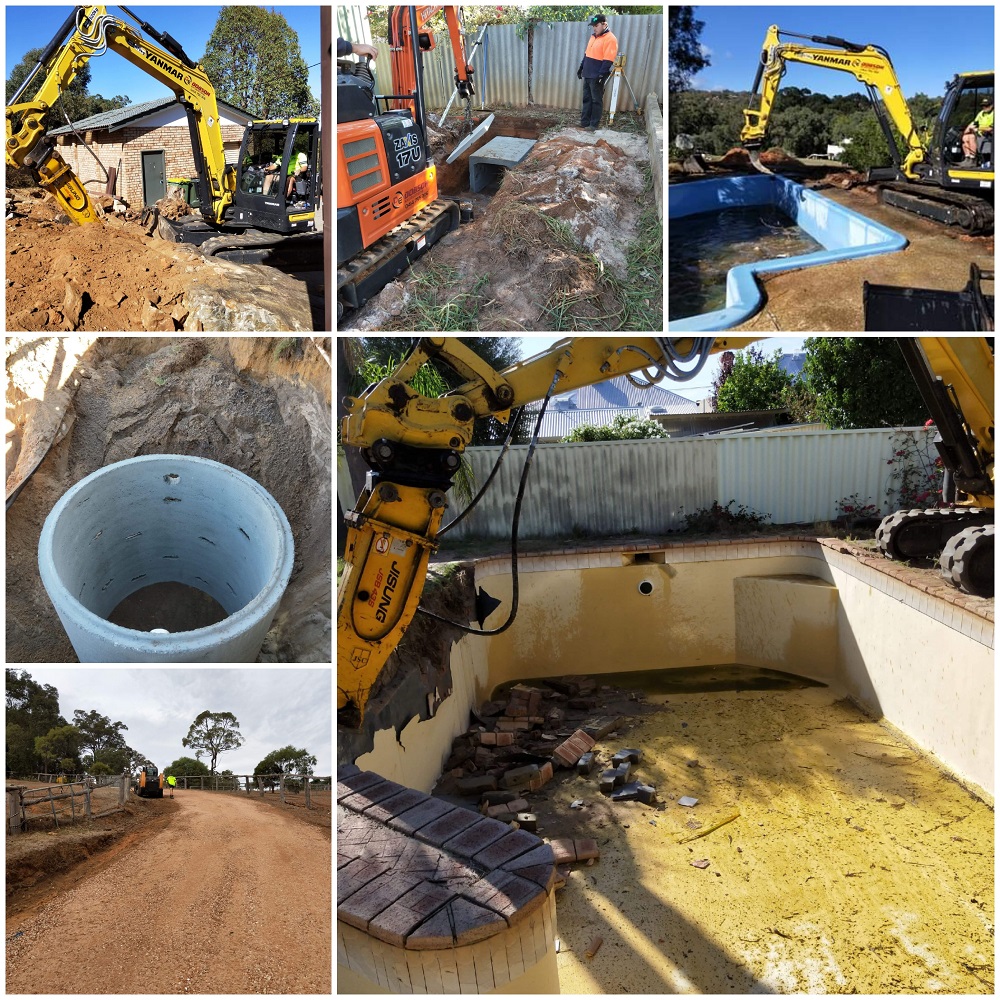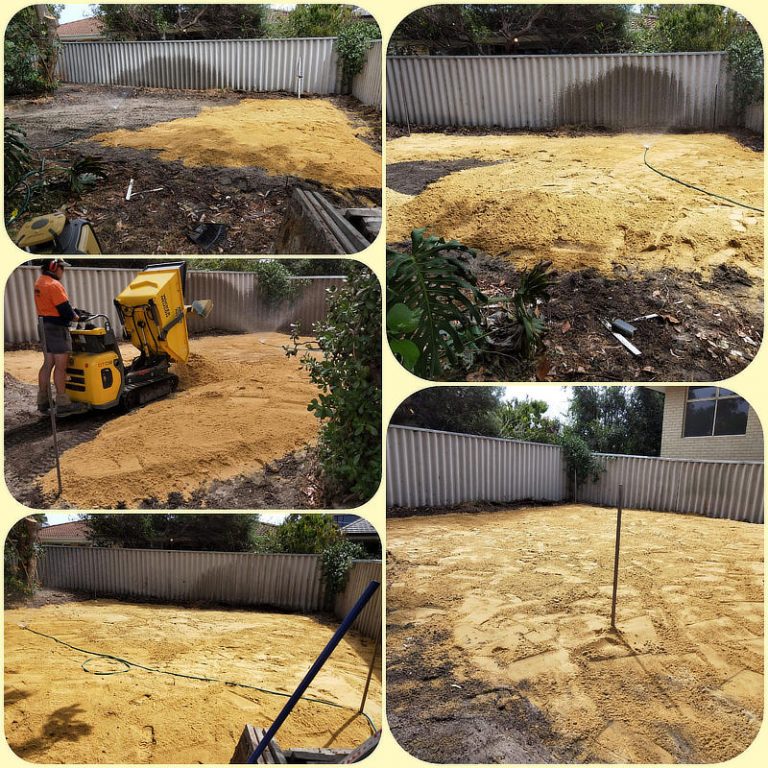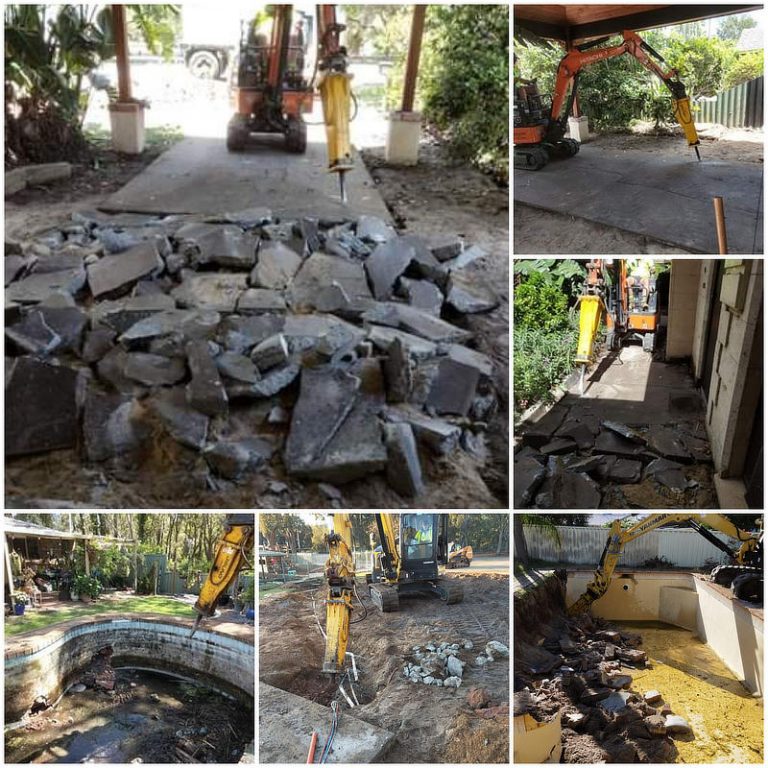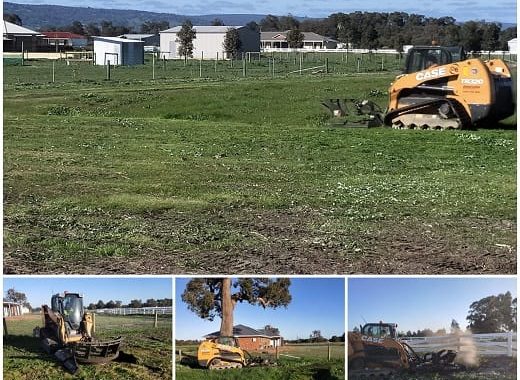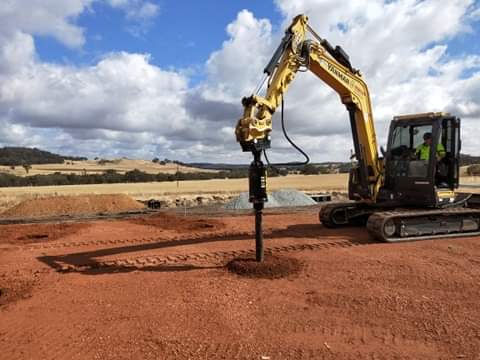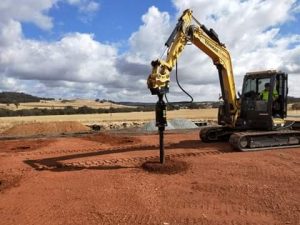There are many reasons to hire a professional when you need a large trench to be excavated on your property. Not only is it hard, backbreaking work that is best completed using Earthmoving equipment such as excavators, but there are also a lot of potential safety hazards involved. What are the risks we have to look out for when digging trenches? There are quite a few in fact and knowing what the potential dangers are when digging a trench is the first step in being able to avoid them.
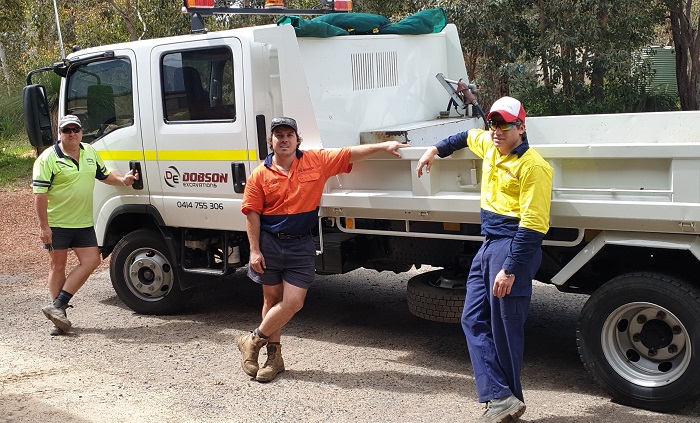
The first danger to watch out for is underground services. Digging up underground services while digging a trench can result in injury, death and an expensive repair bill to fix. These are all situations that you want to avoid, which is why we always insist that you contact dial before you dig and also to be on the safe side to know you have done all that is possible to avoid underground services is to hire underground service locators to find all utility lines before we begin work. This simple, and inexpensive step can help to ensure that the excavation process goes smoothly while greatly reducing the chances of an accident.
One of the most common dangers when digging a trench is the risk of a collapse or cave in. If you have workers in a trench and the trench collapses, this could prove to be disastrous. Even smaller trenches can quickly cover someone with enough dirt and sediment to crush them, making breathing impossible, which can quickly turn deadly. Our experts are trained in using the proper techniques to avoid collapses. If they feel it’s too dangerous to dig a trench in an area, they will decline the job and let you know. For us, safety is the top priority.
Whenever you have a trench and people are in the same area, one of the more obvious potential dangers is someone falling in the trench. A fall of a few feet may not seem that dangerous, but even short falls can result in serious injuries, or even death. When it comes to preventing a fall into a trench, it’s important that every precaution is taken.
If you ask anyone that has fallen into a ditch, you won’t find one that said that they expected that to happen. It’s an accident, that’s why you must take precautions to prevent it. What kinds of precautions do we take? First, we never store anything near a trench. This prevents people from reaching for a supply and losing their footing and falling. We also ensure that all trenches are clearly marked and have safety barriers around them whenever we are not on the site actively working.
Digging a large trench also involves the use of Earthmoving equipment and diggers, and whenever Earthmoving equipment is involved the risk of a serious accident increases. To mitigate these risks all of the operators on our team are certified and are extensively trained in the use …

